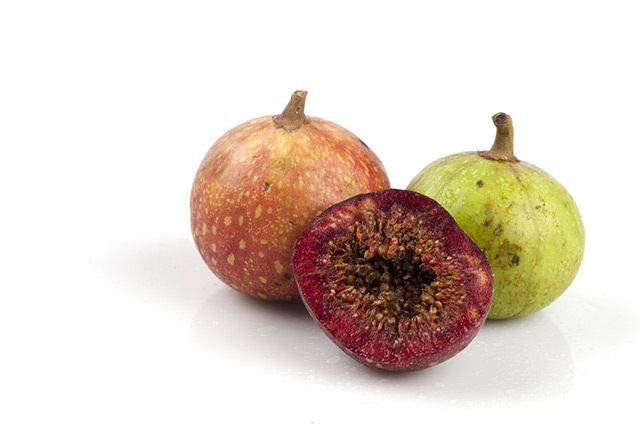04/16/2017 / By Earl Garcia
High-intensity interval training was found to inhibit cellular ageing, and in some cases helped the cells rejuvenate to repair damages in the body, according to a recent study. To carry out the study, researchers examined more than 70 participants and classified them into two age groups. The participants were instructed to undergo a three-month exercise program of high-intensity interval training, strength training or a combination of both.
The researchers collected biopsies from the participants’ thigh muscles and compared them against samples taken from sedentary volunteers. As predicted, the researchers observed the greatest improvements in muscle mass among those who underwent strength training. However, participants who underwent high-intensity interval training displayed the most significant health improvements. According to the study, participants in the high-intensity interval training group showed notable improvements in mitochondrial functioning at 69 percent for older participants and 49 per cent among the younger participants.
Participants who underwent high-intensity interval training also exhibited significant improvements in insulin levels, cardiovascular, and lung health. Researchers even observed a reversal of the age-related mitochondrial function decline in some patients. Study data also showed that declining protein levels were reversed in the high-intensity interval training group.
“This not only sheds light on how high-intensity interval exercise works at the cellular level, but [also] on the potential of vigorous exertion in general. Assuming that the key attribute of HIIT is the vigorous intensity that challenges the human physiology to make rapid adaptations, this research supports well what we saw recently in a large epidemiologic study where even one to two sessions per week of predominantly sport/ exercise of vigorous intensity were associated with substantial all-cause, CVD and cancer mortality benefits. These benefits were comparable with meeting the physical activity recommendations by doing regular physical activity of mostly moderate intensity,” said outside expert Emmanuel Stamatakis, as reported by Stuff.co.nz.
The findings were published in the journal Cell.
More studies support HIIT benefit in older population
A vast number of studies show that the benefits of high-intensity interval training go beyond inhibiting cellular ageing. A review published in the international journal Maturitas revealed that women aged 50 years and older who underwent high-intensity interval training for about 30 to 45 minutes daily for at least five days a week exhibited significantly reduced rates of death and disability. Women who engaged in intense exercise also reported better physical function, the researchers said. (Related: Learn more about the many ways exercise can improve women’s health by reading the articles at WomensFitnessFocus.com).
Another study revealed that female patients with arthritis who participated in high-intensity interval training experienced significant pain relief. Researchers at the Norwegian University of Science and Technology examined 18 women with arthritis and found that the participants displayed less inflammation after 10 weeks of intense training. The women also reported less pain following the exercise intervention. The women also gained muscle mass and lost weight without showing any side effects, the study showed. The findings were published in the European Journal of Applied Physiology.
In addition, a 2013 study found that women may reap more benefits in undergoing high-intensity interval training compared with men. Researchers examined 20 participants and found that women who underwent intense exercise worked at a higher percentage of their maximum heart rate and maximum oxygen consumption compared with men.
“I think what our data show is that there appear to be meaningful differences in how men and women self-regulate their workouts. I really think one of the ‘take home’ points from our study was, despite the gender differences that we found, individuals performing high-intensity interval training should listen to and trust their body and pay attention to how they are feeling,” said researcher Dr. Matt Laurent, ScienceDaily.com reports.
The findings were published in the Journal of Strength and Conditioning.
Sources:
Stuff.co.nz
ExerciseMenu.com
NewsMax.com
ScienceDaily.com





















